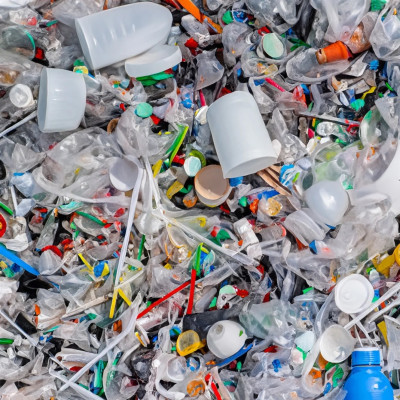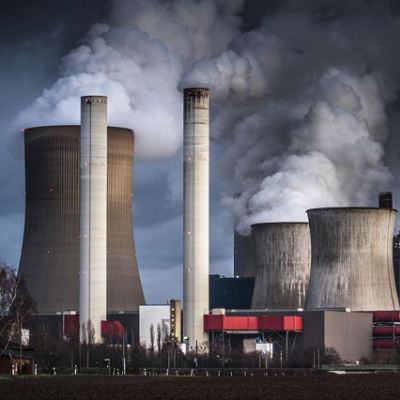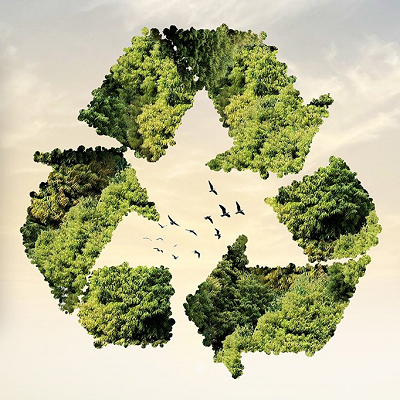As progress is being made on all fronts in the use of nanotechnology, more work and research is needed by academia, policymakers, industrial sectors and the public to ensure risk governance of nanotechnology is upheld in order to fulfil the potential of this existing technology.
As the use of nanomaterials is expected to increase in the years ahead, nanotechnology will certainly have an impact on our everyday life.
The early stage of nanotechnology mainly focused on substances like gold, silver, zinc, titania and carbon black.
Since then new and diverse technology has emerged such as carbon nanotubes and graphene. They are found in consumer products such as cosmetics to IT and semi-conductors.
In the coming years, the Asia-Pacific region will play a key role in the industrial production of nano-related products.
Those who may be at risk are the industrial workers and consumers of the finished products.
As such, adequate guidelines for handling nanoparticles and nano-related products are essential.
For instance, workers in factories producing nano-products may be exposed to airborne nanoparticles without knowledge and adequate protection.
Consumers may unknowingly come into direct contact with other nanomaterial commercial products other than cosmetics, which will have an impact on human health and the environment.
It is thus vital for more research to be done by all the stakeholders and steps must be taken to disseminate more information to the public on the risk and safety of nanomaterials and nanotechnology.
Researched information on safety and toxicity is needed and must be shared with the public.
A proper risk governance system on nanotechnology needs to be introduced and implemented to ensure the sustainable development of this useful and high potential technology.
To ensure sustainable development of nanotechnology in Malaysia, it may be necessary to introduce a National Nanosafety and Ethics Policy if such a policy does not already exist.
Malaysia should also work towards nanotechnology work health and safety which has to:
(a) Ensure that nanotechnology is covered appropriately in the work health and safety regulatory framework;
(b) Improve understanding of the hazardous properties of nanomaterials among workers and management;
(c) Access the effectiveness of workplace controls in preventing exposure to the harmful effects of nanomaterials;
(d) Develop procedures for measuring the emissions and exposure of nanomaterials in workplaces;
(e) Provide information and guidance for nanotechnology organisations in all aspects about the many risks and hazards associated with the technology.
It is estimated that there are millions of workers employed in nanotechnology industries worldwide and their risk exposure must be addressed so that their health and safety is protected.
Read the original article on The Star.







